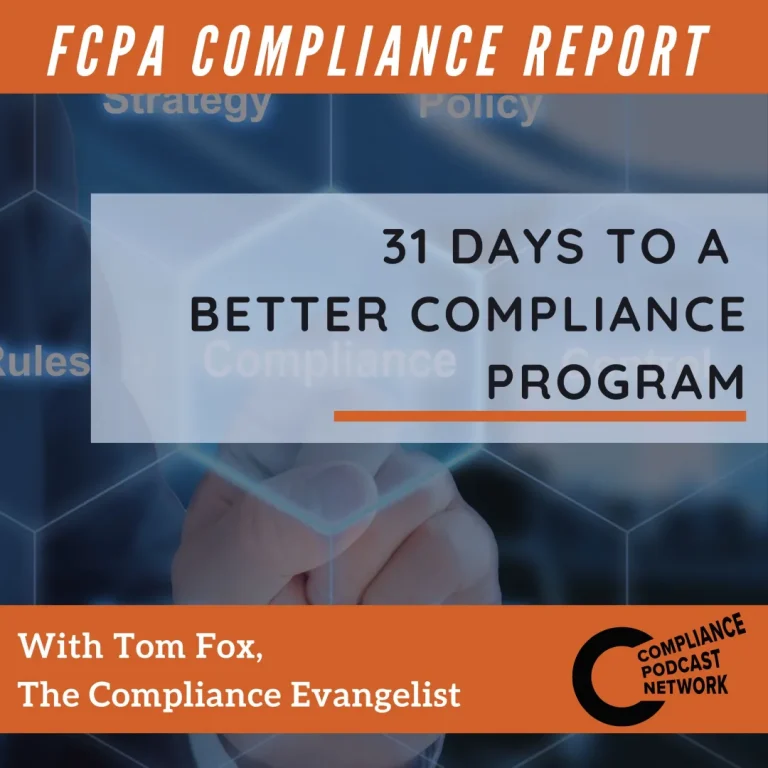Through leveraging AI-driven solutions, companies can collect and analyze survey data to identify patterns and trends that may indicate potential risks. This empowers organizations to take proactive measures to mitigate these risks and foster a culture of trust and transparency.
Another area of significance is mapping risks to controls. This allows a compliance professional or risk manager to know where risks are occurring within an organization and then map them to corresponding controls. This permits compliance functions to assess the effectiveness of their controls and identify areas that require improvement. By leveraging AI-driven solutions, organizations can gain a comprehensive understanding of their risk landscape and make data-driven decisions to strengthen their control environment.
AI-driven solutions have the potential to revolutionize risk assessment and fraud prevention. By leveraging these solutions, companies can enhance their compliance efforts, improve efficiency, and make data-driven decisions. However, it is crucial to balance automation with human expertise and address challenges related to data availability and quality. Ultimately, the successful implementation of AI-driven solutions requires a holistic approach that considers the impact on employees, fosters a culture of trust and transparency, and aligns with the organization’s risk management objectives.
Three key takeaways:
- Data visibility allows organizations to effectively manage their compliance efforts and make data-driven decisions.
- By leveraging AI-driven solutions, compliance functions can generate dashboards and analytics that provide real-time insights into their risk landscape.
- This not only improves efficiency but also enables auditors to focus on understanding the data and identifying potential risks.
For more information on this month’s sponsor check out KonaAI.com.



